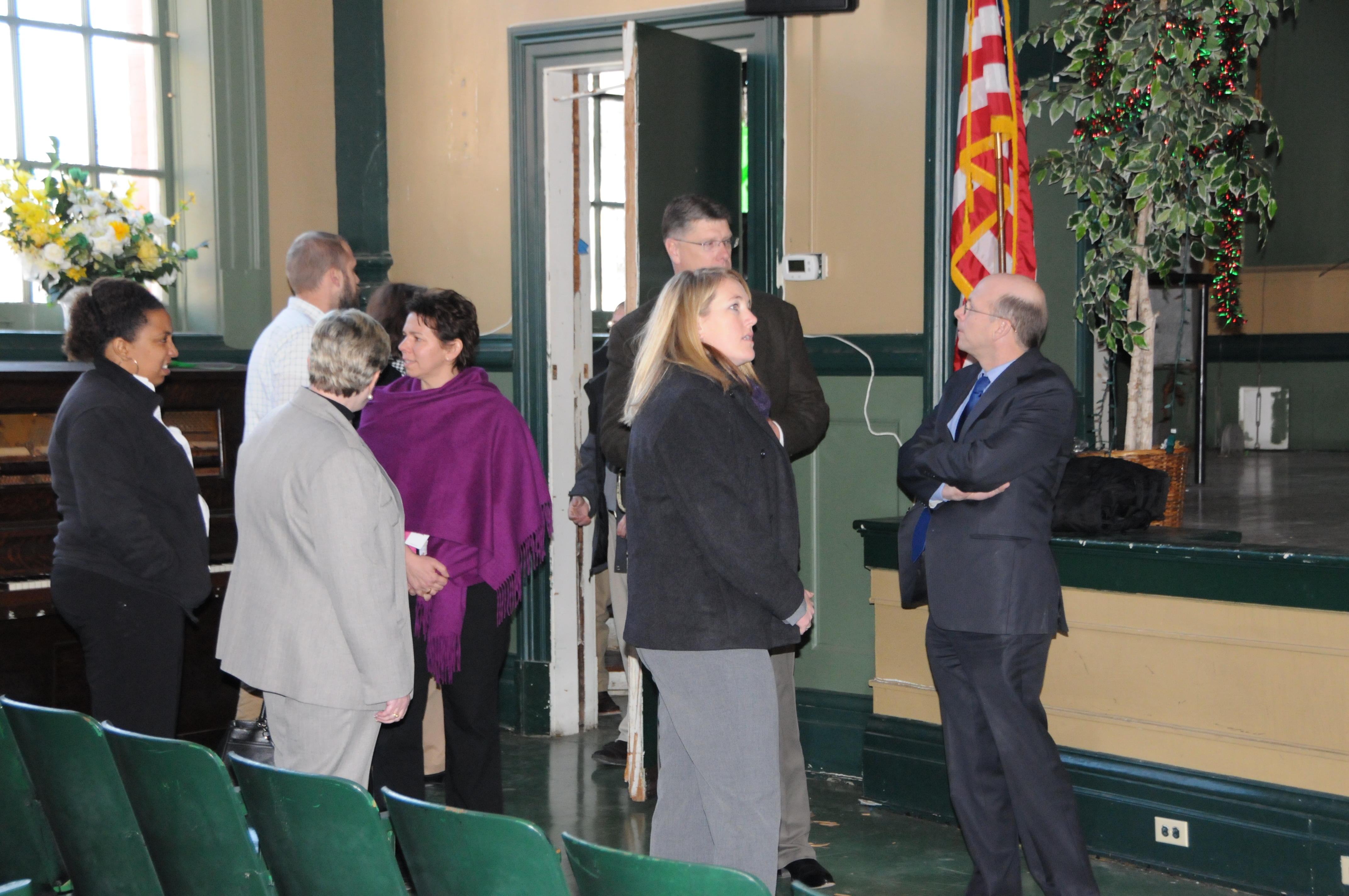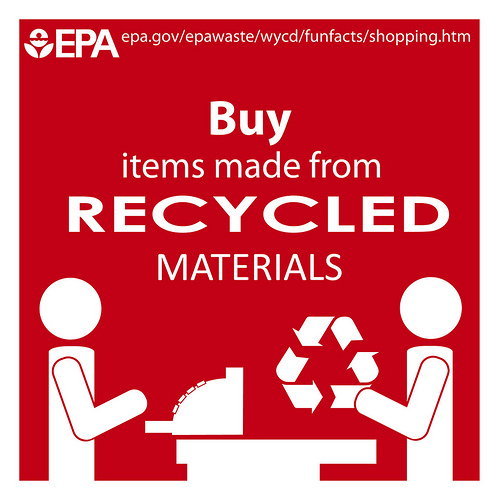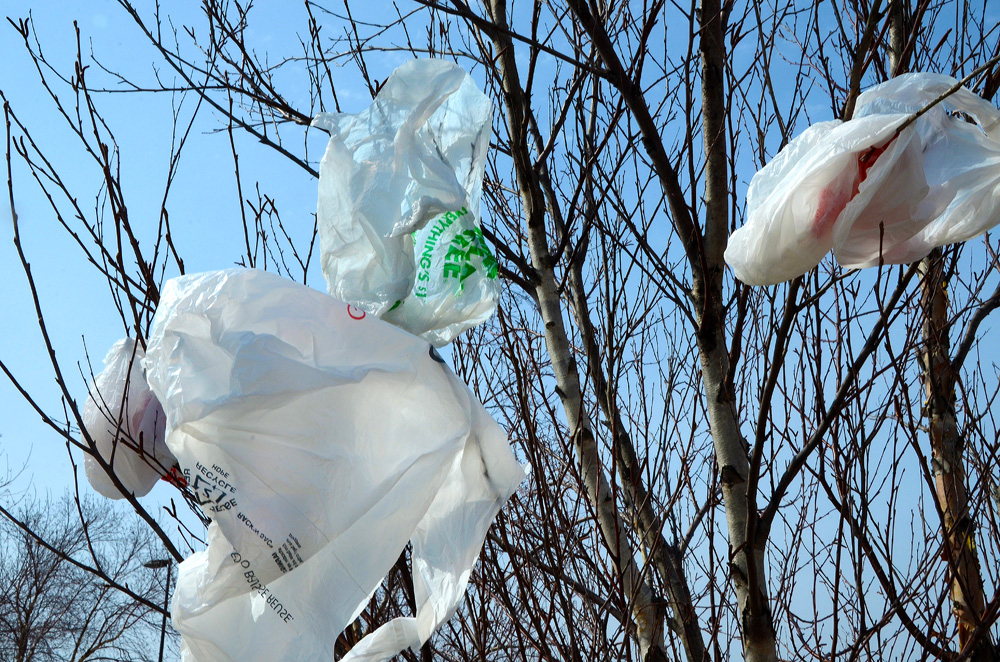Una página principal para la era de los medios sociales
Aquí en la EPA, sabemos que no podemos cumplir nuestra misión sin el insumo y la participación de millones de estadounidenses, desde las comunidades rurales y vecindarios de los suburbios a los centros urbanos. También sabemos cuán importante es nuestro sitio Web para la participación pública y la investigación. En nuestra página principal, queremos ayudarles a llevar a cabo sus tareas y mantenerse informado, mientras facilitamos la manera en la cual se conecta con nosotros mediante los medios sociales.
Hemos decidido hacer unos cambios en el diseño para permitir a los visitantes como usted poder comunicarse con nosotros. El nuevo diseño será publicado en un par de semanas, pero le ofrecemos un adelanto.
Hemos revisado varios mapas del sitio que evalúan la frecuencia de los términos populares y los más buscados que nos han dado ideas acerca de áreas específicas que deberíamos actualizar en la página principal.. La imagen que presentamos es el resultado de nuestros esfuerzos. ¿Qué viene por ahí? Hemos añadido algunos elementos nuevos que le ayudarán a conectarse mejor con nosotros:
· El banner en el encabezamiento continuará incluyendo algunos de los temas más populares, y le ayudará permanecer informado acerca de lo que está sucediendo. El nuevo diseño clarifica cuáles son los temas incluidos.
· Nuestras oficinas regionales ahora tendrán un rincón dedicado para proveer sus anuncios relevantes específicos para esas áreas del país. Usted podrá ir directamente a una página para su estado.
· Estamos contando nuestra historia usando multimedios: fotos y videos que comparten cómo trabajamos para lograr nuestra misión de proteger la salud y el medio ambiente. Esperamos usar estos elementos con el banner y los medios sociales para ofrecer información polifacética sobre nuestros esfuerzos.
La manera en la cual destacamos ciertos elementos claves le ayudará a encontrarnos en los medios sociales, verificar la entrada más reciente a nuestro blog, y a seguirnos por Twitter.
A la misma vez, crearemos una nueva área para ayudarle a informarse acerca de lo que puede hacer para abordar algunos de los asuntos más críticos. Más abajo en la página proveemos enlaces directos a algunos de los temas que ustedes buscan con mayor frecuencia.
En fin, esta nueva página principal refleja nuestra meta más importante: trabajar juntos con ustedes para mejorar la salud pública y proteger el medio ambiente.
Acerca del autor: Jeffrey Levy es el director de Comunicaciones del Web de la EPA. Ha estado con la EPA desde el 1993 cuando se unió a la agencia para proteger la capa de ozono.





